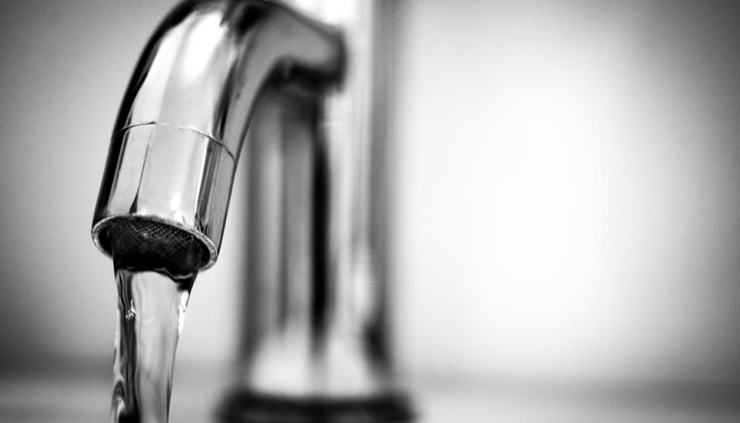Sodium instead of lime – water softening using ion exchangers
The principle of the ion exchanger is a chemical one: one substance is removed from the water and another is added. Lime in water consists of calcium and magnesium. Ion exchangers work in such a way that they replace calcium in the water with sodium. We looked at exactly how this works.
The technical principle behind the ion exchange process
An ion exchanger can exchange particles with the same charge with one another. Calcium and magnesium are positively charged and can therefore be replaced by another positively charged substance. In the ion exchanger, the water flows through a container with tiny synthetic resin balls. These globules are full of sodium ions. The exchange takes place when the water flows through: One calcium and one magnesium ion each get into the spheres and at the same time displace two sodium ions. The sodium gets into the water, but the hardness components calcium and magnesium are gone.
The water that flows out of the pipe after the ion exchanger has about zero degrees of German hardness. No wonder – it no longer contains any calcium or magnesium. Such soft water is also problematic as it quickly damages pipes and soap is almost impossible to wash off. Therefore, the softened water must be mixed with non-softened water. For water as food a degree of hardness of 8.4 degrees German hardness is intended, this value can be easily adjusted via a valve. However, the hardness of the tap water can change over the years – this setting must also be checked continuously. Sometimes phosphates are added to the softened water. These protect galvanized pipes.
Wastewater, salt and maintenance – running costs for ion exchangers
If water flows out of the pipe without calcium and magnesium, these minerals must of course end up somewhere. This is regulated via the wastewater, the unwanted substances are simply flushed out. The amount of wastewater required for this depends on how hard the water was originally. How expensive this is in the long run cannot be said in general terms, but these costs are not negligible.
The regeneration of the ion exchanger is an important cost item. At some point all the sodium is flushed out of the synthetic resin balls and these no longer absorb any more calcium and magnesium. Then table salt must be refilled. This is made up of sodium and chloride. If the synthetic resin is rinsed with it, the calcium and magnesium are displaced from the balls. These are enriched again with sodium. You cannot drink the water from the ion exchanger during regeneration; normal, non-softened water then flows out of the pipe through a second valve. Most water softening systems automatically rinse the synthetic resin with the salt solution, you just have to make sure that you constantly refill enough table salt.
Once a year, qualified personnel should service the ion exchanger. Contact your installer or the company from whom you purchased the device. You should also keep an eye out for impurities or fungal growth when refilling the regeneration salt.
What speaks for and against an ion exchanger?
Ion exchangers work efficiently. The water hardness can be precisely regulated and problems in the household such as calcified shower heads or high detergent consumption are skillfully counteracted.
The sodium that is added to the water can be problematic with ion exchangers. Sodium is in and of itself a vital substance for the human body. However, we already consume far too much of it. Through our food alone, we consume an average of thirty times the amount we need – every day. How bad the extra sodium really is is a matter of opinion. Anyone who has to pay attention to a low-sodium diet should clarify the use of such a device with a doctor.
Compared to other water softening systems, the running costs are relatively high. However, maintenance and refilling of the salt are very important. If you do not act carefully here, you run the risk of contamination. This is also favored when the device is in a warm place, for example in the boiler room. So it doesn’t hurt to have the water quality and bacteria count tested from time to time.



